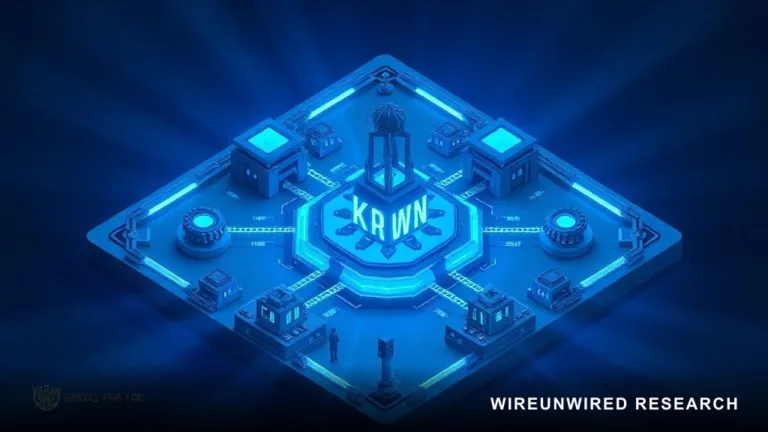While studying transmission lines, many students find themselves confused by concepts like surge impedance, voltage variations along the line, and strange effects such as the Ferranti effect. These topics can seem abstract, making it hard to visualize why voltages sometimes rise or fall unexpectedly.
Let’s explore these ideas to understand the fascinating behavior of transmission lines — from foundational surge impedance to the real-world impact of loading and voltage patterns.
What Is Surge Impedance?
Every transmission line has a natural electrical signature called surge impedance. It is determined by the line’s physical characteristics:
- Inductance per unit length (L)
- Capacitance per unit length (C)
The formula for surge impedance (Z₀) is:
Z₀ = √(L / C)
This value dictates how voltage and current waves travel along the line. When the line is terminated with a load equal to its surge impedance, waves travel smoothly to the end, without reflections or voltage spikes [1][2][5].
Why Is It Called “Surge” Impedance?
The name “surge impedance” comes from its role in handling traveling surges (such as lightning strikes or switching events). When a surge or fast transient wave travels on the line, this impedance controls the current that flows for a given surge voltage:
- This is the impedance “seen” by a traveling wave before any reflection returns from the far end.
- It matches the characteristic impedance — both values are identical and crucial for understanding wave behavior on the line.
Surge Impedance Loading (SIL) and Voltage Behavior
Surge Impedance Loading (SIL) is the load where the line’s inductive and capacitive reactive powers balance perfectly, causing no net reactive power flow. At SIL:
- Voltage remains nearly constant throughout the line.
- The real power transfer is the most stable and efficient.
The formula is:
SIL = (V²) / Z₀
Where:
- V is the line voltage (Volts or kV)
- Z₀ is the surge impedance (Ω)
Let’s say you have a 230 kV line with a surge impedance of 300 Ω:
SIL = (230,000)² / 300 ≈ 176.7 MW
Meaning this line can efficiently deliver roughly 176.7 MW at SIL, with virtually no net production or absorption of reactive power [2][5][12].
- 220 kV, Z₀ = 400 Ω →
SIL = (220,000)² / 400 = 121 MW - 400 kV, Z₀ = 400 Ω →
SIL = (400,000)² / 400 = 400 MW
Loading Below SIL and the Ferranti Effect
If line loading falls below SIL:
- The line generates excess reactive power due to capacitance.
- Receiving-end voltage rises above sending-end voltage — called the Ferranti effect.
- This effect is more pronounced for longer, higher voltage and underground cable lines due to larger capacitance.
A 400 kV, 400 Ω line is energized but very lightly loaded (maybe only 10 MW). The receiving end voltage can rise to 410-420 kV or more, threatening insulation and equipment. Shunt reactors or synchronous compensators are often used to absorb this excess reactive power and stabilize line voltage [2][5][12].
Loading Above SIL
When line loading is above SIL:
- The line absorbs reactive power (behaves inductively).
- Receiving-end voltage drops below the sending-end voltage.
- Excessive loads may cause voltage collapse without compensation.
In heavily loaded conditions (say, loading a 400 MW, 400 Ω line at 500 MW), the receiving-end voltage might fall to 385-390 kV. Utilities may use shunt capacitors or dynamic compensating devices (like STATCOMs or synchronous condensers) to maintain voltage and ensure stable operations [12][4].
Summary
- Surge impedance (
Z₀) determines wave and surge behavior on a transmission line. - It is the impedance seen by a surge before any reflection returns, hence the name.
- Surge Impedance Loading (SIL) is the natural load point where reactive powers balance, ensuring voltage stability.
- Below SIL: Voltage rises (Ferranti effect), possible overvoltage risk.
- Above SIL: Voltage drops, possible voltage instability risk.
- Practical power system operation always considers these effects for reliability and safety.
References
Discover more from WireUnwired Research
Subscribe to get the latest posts sent to your email.




